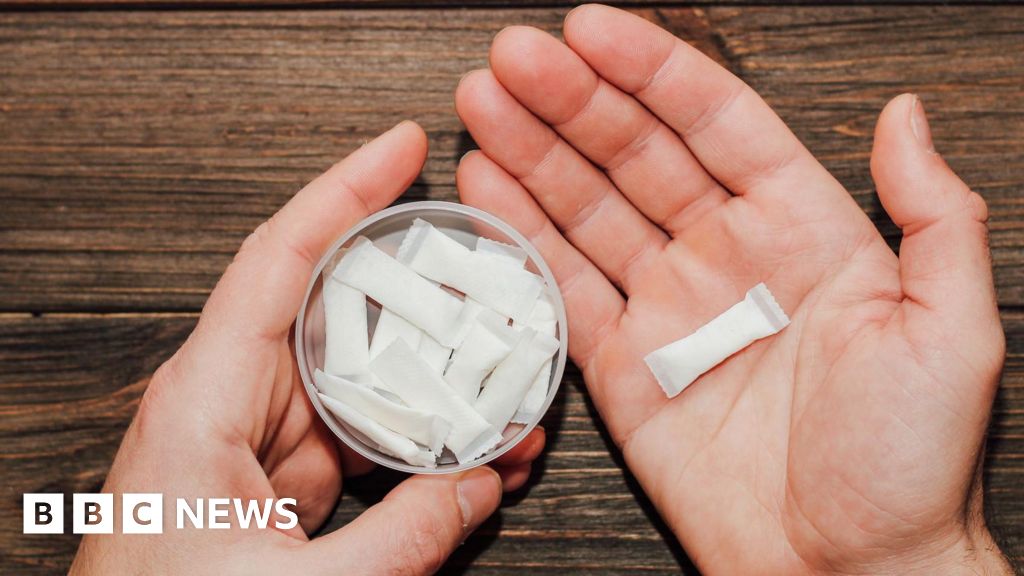Introduction to Caffeine Bags
A growing number of US youth uses caffeine bags to get an energy boost, experts say, who fear that the trend could soon start in Great Britain. The small tea bag-like bags, which are placed between the lip and gum, provide a quick caffeine fix directly to the bloodstream. Some social media influencers promote products and recommend their use for fitness enthusiasts or students who want to stay alert during exams.
Concerns Over Caffeine Bags
In the UK, there is already growing concern over young people using nicotine bags or snus. Caffeine bags are also discreet, making it easy to hide them from parents and teachers. Some fans of the product praise themselves online for using two bags at the same time for an extra-large caffeine boost. If caffeine is quickly absorbed, the effects can start minutes after taking it and last for a few hours, with levels potentially getting out of control.
Risks of Too Much Caffeine
Caffeine is a stimulant that can make you feel more alert and less sleepy due to its impact on the brain and nervous system. However, high levels can lead to a rapid heart rate, abnormal heart rhythms, and seizures. Although rare, there are documented deaths from excess caffeine. Some people are more sensitive to caffeine than others and can feel unwell, anxious, and irritable, and get headaches even with lower doses.
Safe Caffeine Intake
Generally, up to 400 mg of caffeine per day seems to be safe for most healthy adults, which is about four cups of instant coffee. Pregnant women are recommended to halve the daily intake to 200 mg or less. Children and adolescents are also more susceptible to the risks and potential for an overdose. For this reason, energy drinks with over 150 mg of caffeine must be labeled with a warning.
Other Sources of Caffeine
Caffeine can be found in many drinks and some foods, making it easy to overload. It is therefore essential to check how much you consume. While it is more difficult to be overdosed on coffee, these products are easier, especially if young people also use energy drinks. Some products contain more caffeine than claimed on the labeling.
Common Sources of Caffeine
Some common sources of caffeine include:
- Coffee: a mug contains about 100-140 mg of caffeine
- Tea: a mug contains approximately 75 mg
- Energy drinks: often contain 80 mg in a 250 ml can
- Soft drinks: usually contain about 40 mg per can
- Chocolate: there are about 25 mg of caffeine in a 50-g bar of dark chocolate and about 10 mg in a 50-g bar of milk chocolate
Experts’ Advice
Experts advise caution when young people consume caffeine. The European Food Safety Authority proposes a 3 mg/kg body weight as an upper limit for children and adolescents. Instead of reaching for caffeine, it is far better to focus on regular meals, fluid intake, and nutrient-rich foods that support steady energy levels all day. A healthy diet with sufficient iron, protein, and slowly releasing carbohydrates should do the work.

